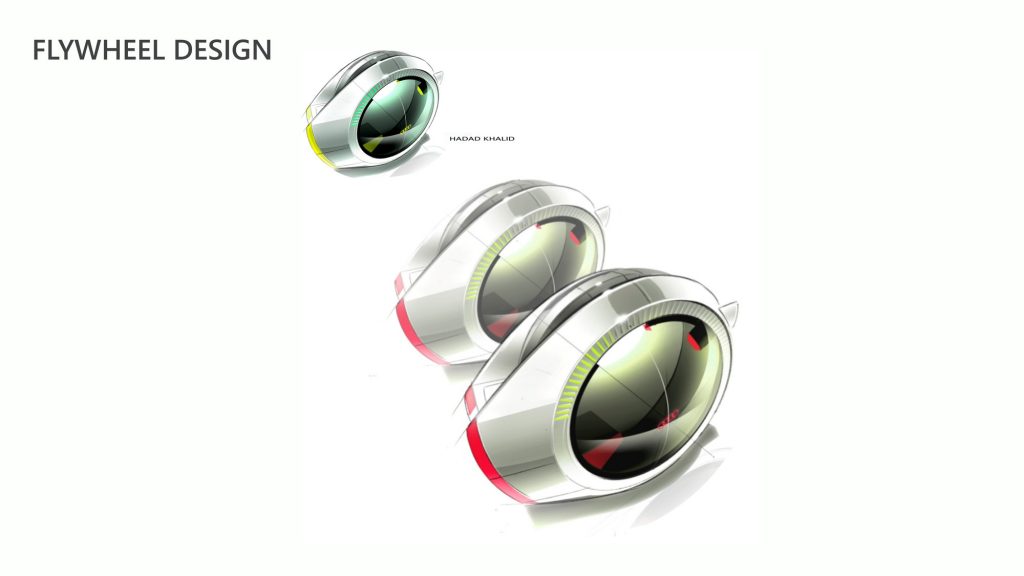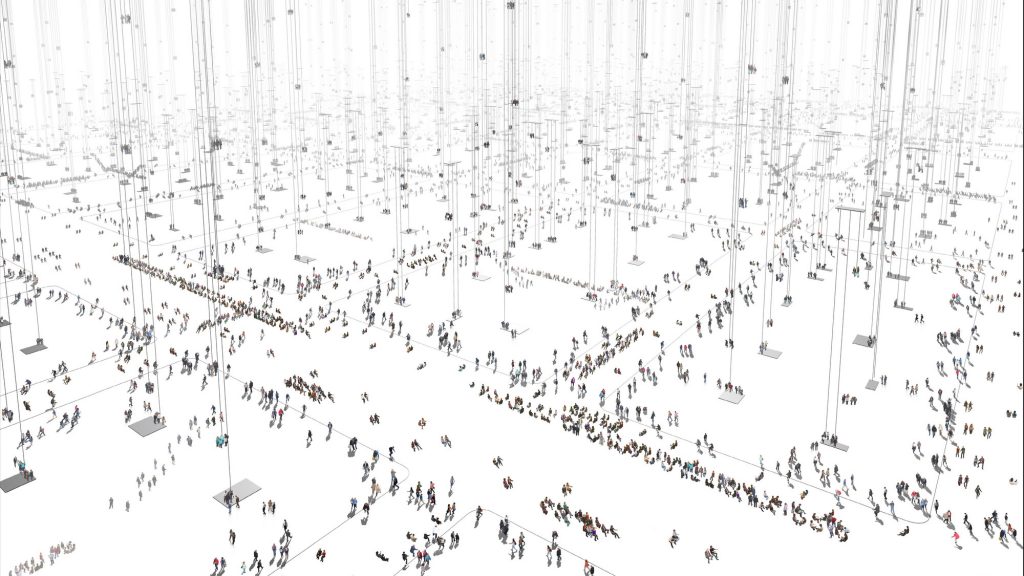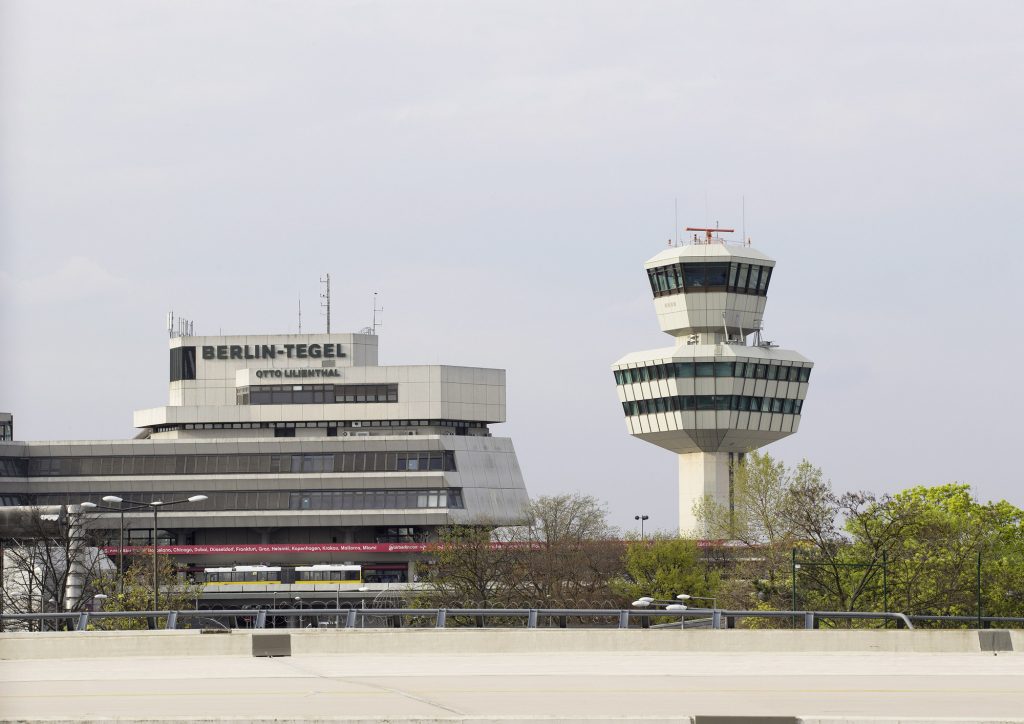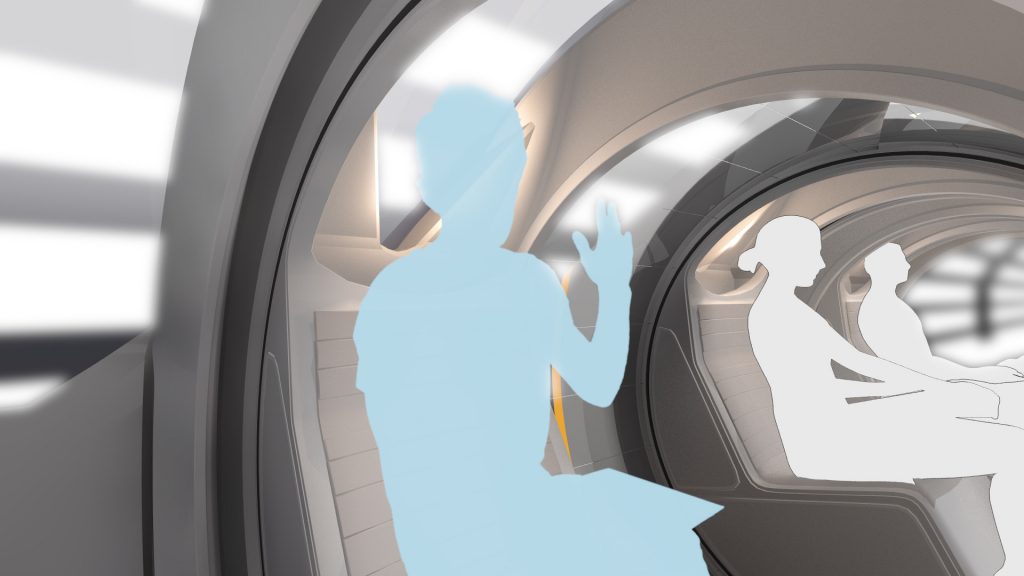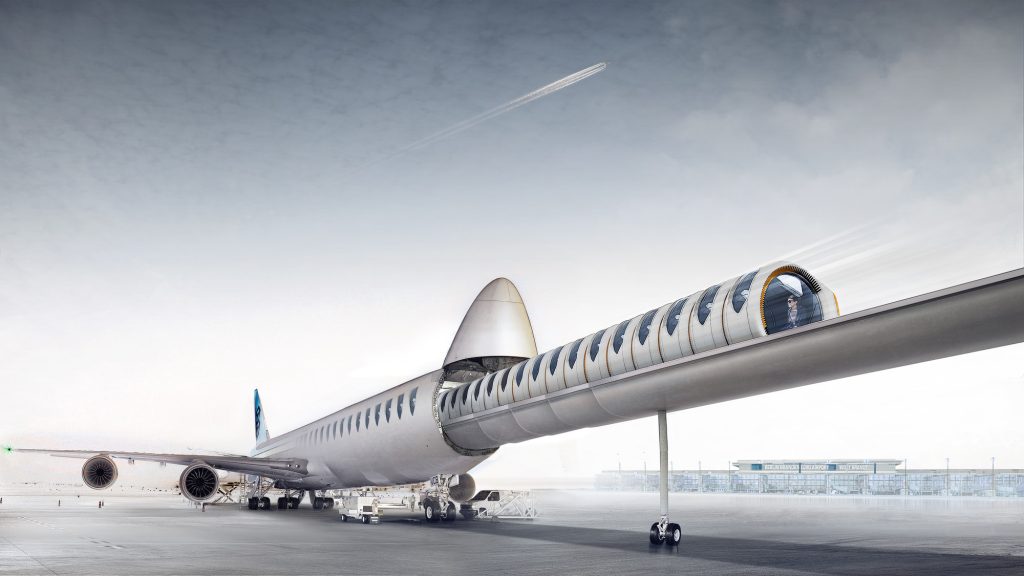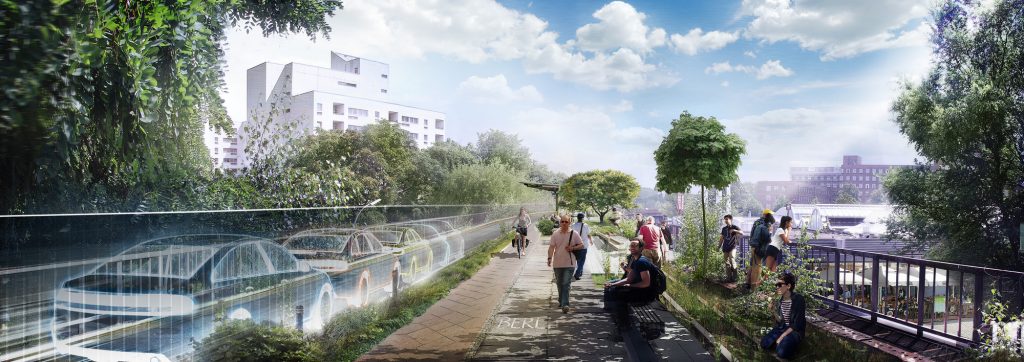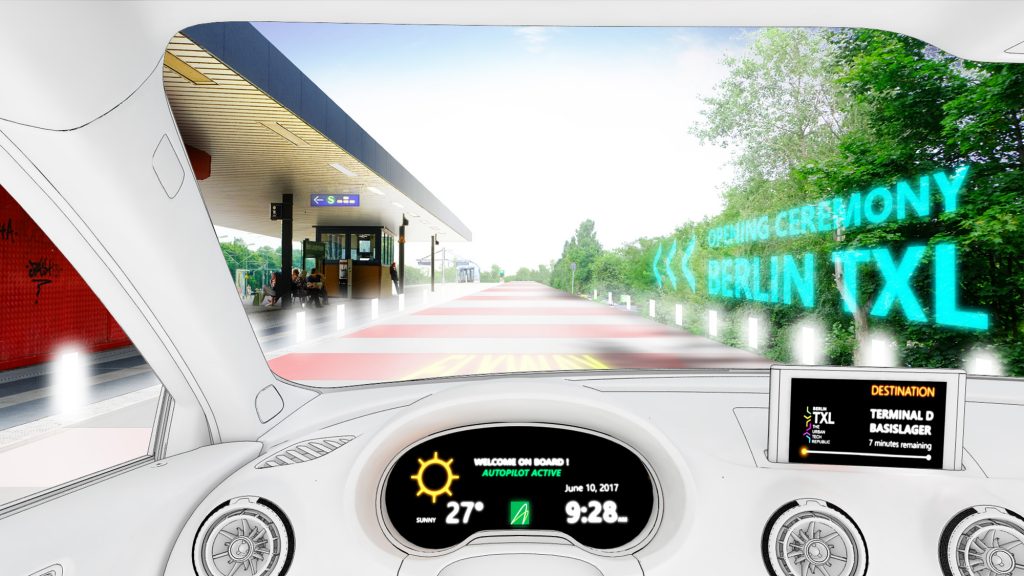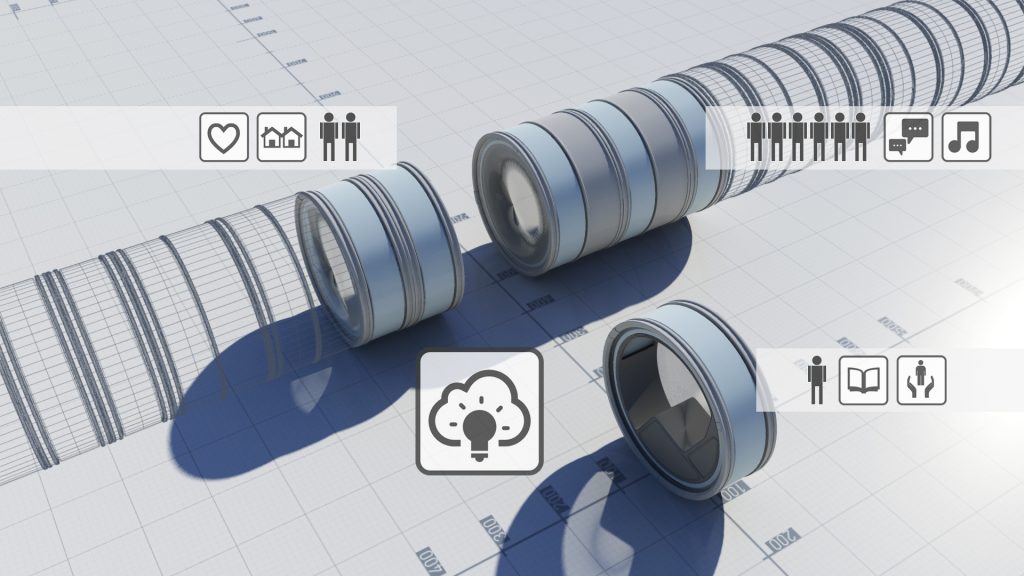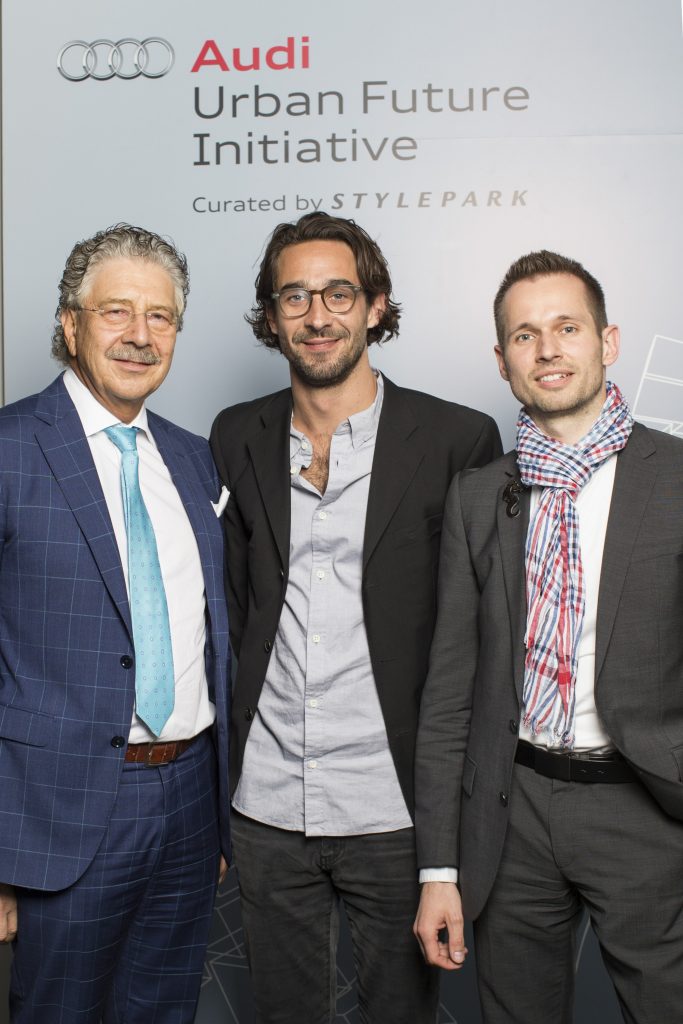Audi explains the background to the Urban Future Initiative in its "Drivers of Our Urban Future" report, "The car has long been considered a symbol of individuality and freedom, especially in Europe and North America." In the media The kind of disappointing changes proposed in the article partly attribute to the car's declining status: first, in many parts of the world, the car is increasing its expressive ability to express personality and status; second, even in areas where the number of driving licenses is declining , cars are still very important to many mobility players. " Separately, Audi's report makes their point even more strongly, saying: "The strong correlation between wealth, as measured by GDP per capita,
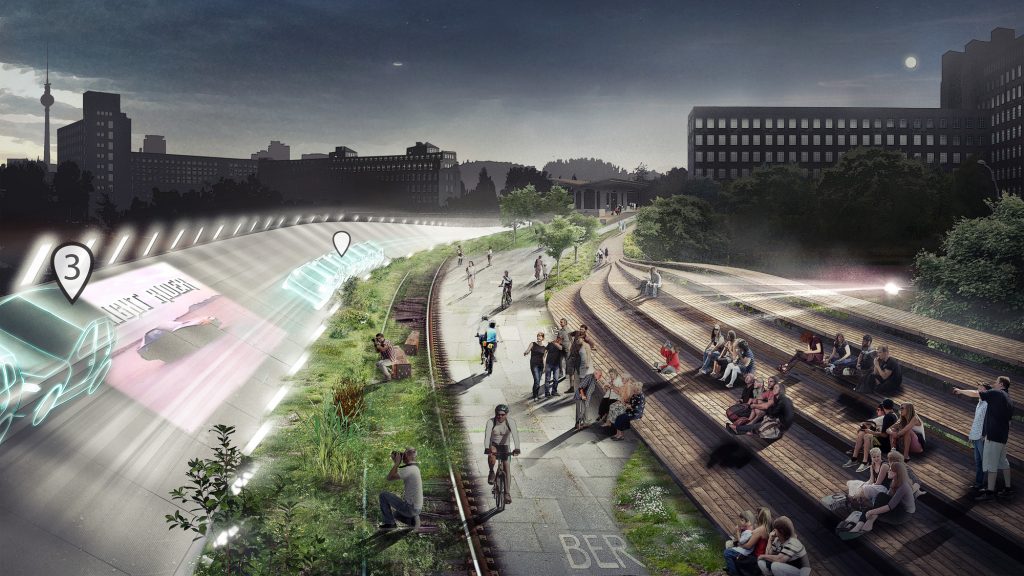
Despite the arguments offered by Audi, urban policy in the 21st century remains firmly opposed. "By adjusting the parameters of space, time and money, city governments around the world are trying to push cars back to the periphery and replace them with alternatives," they said, leaving carmakers in a difficult position. “In the spirit of cooperative competition, the task is not to fight against restrictions but to propose better options,” they explain, arguing that “sustainability and progress are not contradictory.”
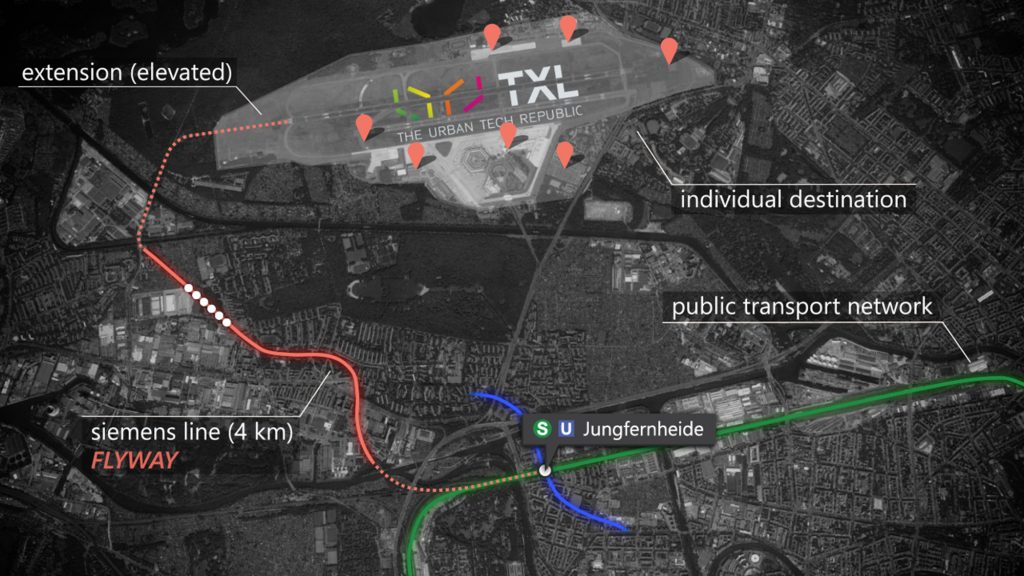
Building on this provocation, the Berlin team proposed a system that combines pioneering driving technology, powered by self-driving cars, borrowing a concept from the elevator industry known as "destination control." The technology improves efficiency by allowing passengers to be programmed to a predetermined floor when calling an elevator, allowing algorithms to calculate the most efficient route. By grouping passengers arriving at nearby floors, the total distance traveled by an elevator is smaller. The Berlin team's proposal contends that once self-driving becomes a reality, "destination control" could be applied to personal transportation, with cars grouped together on the same route and the precision of self-driving systems allowing them to drive bumper to bumper thereby taking up less space. road space and relieve congestion.
All this will be made possible by a central city-wide processor that receives information via the network infrastructure within the city, thanks to "Car-to-X" technology, and through mutual "X-to-Car" technology. The team behind the proposal points out that a third of Berlin's traffic lights are already enabled by the technology, so the infrastructure they propose is not yet a reality.
To test their proposal, the Berlin team identified opportunities that arise in the near future: With the opening of the new Berlin Brandenburg Airport, estimated around 2018, the city's current Tegel Airport will be closed and converted Berlin’s new research and innovation quarter for the “Urban Technological Republic”. An abandoned elevated highway known as the Siemens Line runs between the airport and the nearby Jungfernheide station that connects Berlin's U-Bahn and S-Bahn. The team in Berlin propose turning this abandoned piece of infrastructure into a "flyway", so connecting their planned system to a key part of the city's existing mobility infrastructure would create a perfect testbed for their ideas .
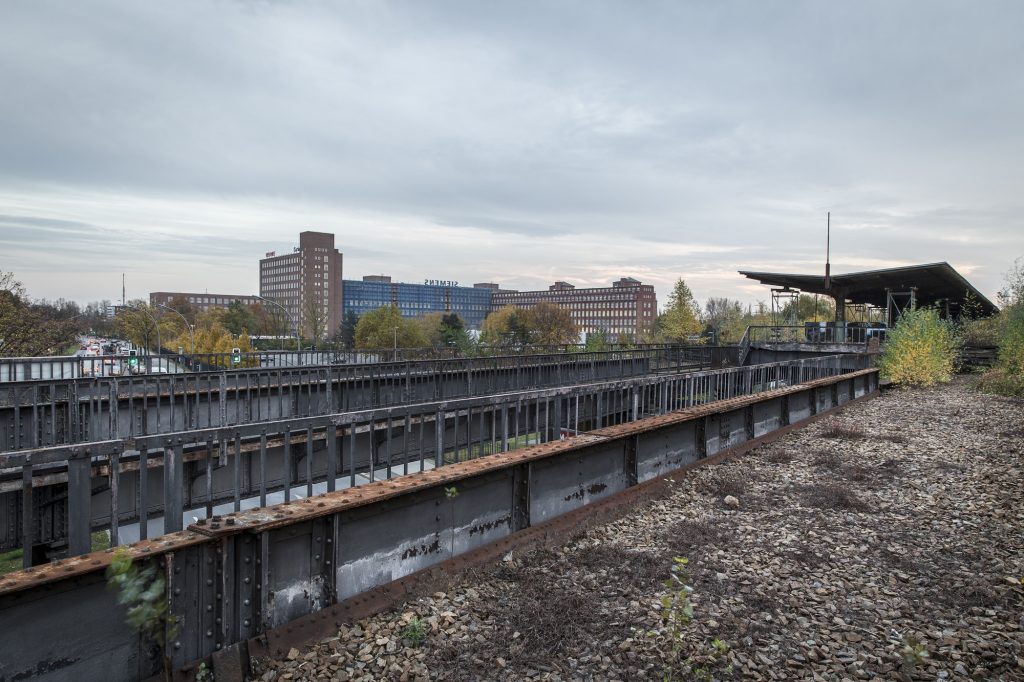
However, the proposal does not stop at this near future. Based on the concept of destination control, the team envisions a new form of personal transportation that can temporarily connect with neighbors, create larger vehicles, and also use public transportation infrastructure such as trains and subways. While Audi's report shows that successful urban mobility solutions "are no longer limited to one form of transport but must span different systems," the Berlin team's "flywheel" concept goes one step further, merging current transport systems into one.
"When a city's transport system is strictly separated, waiting times for parking and bottlenecks on the streets automatically arise," says Max Schwitalla. "We want to combine the advantages of individual urban transport and close the gap with last-mile connections, providing Therefore, we build on existing infrastructure. "
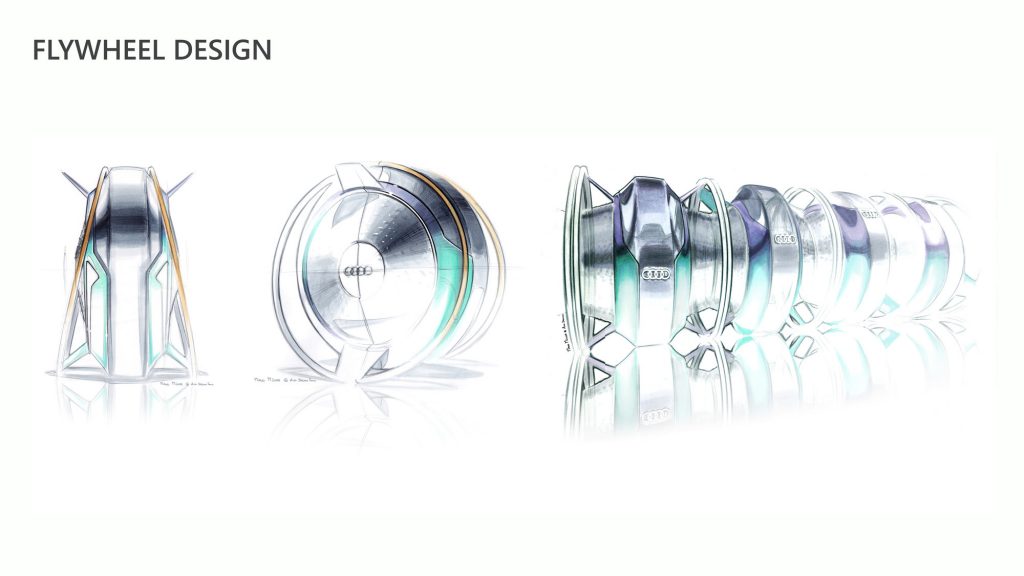
The advantages of the flywheel concept go beyond efficiency. "This collective transportation system is a social enabler," said Schwitalla. “Because we share the same destination, the chance of meeting a neighbor on the way home is now much higher and can become an open innovation platform for the sharing economy.
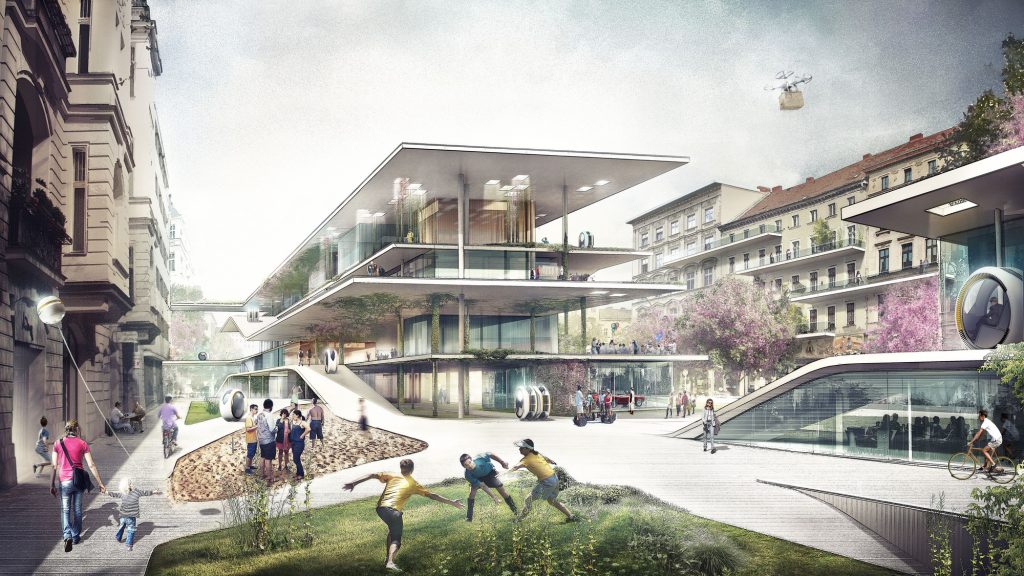
By blurring the lines between public and private transportation, and individual and social needs, the Berlin team's vision embodies Audi's assertion that individual transportation still has a potential future despite strong antipathy among many city governments.
